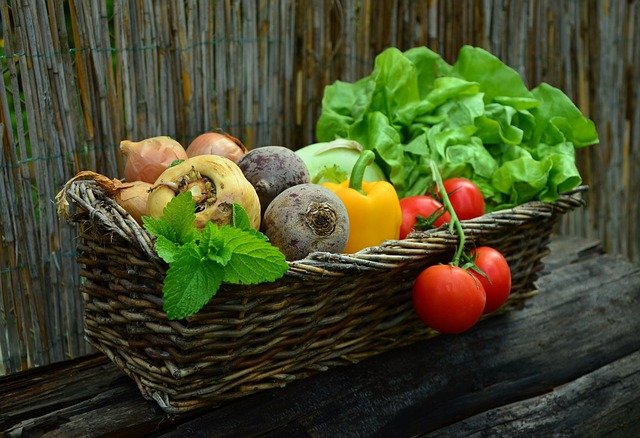There are many great vegetables we enjoy during the winter months. While the foods we probably most think about during that time are turkey, ham, and desserts, the vegetables really play an important role – both in that holiday meal and for the rest of the winter.
Everyone has their must-have vegetable at the dinner table. Here is a list of all of the warm and tasty winter vegetables you should really be taking advantage of this year when they are in season.
Beets
This is a great vegetable to enjoy all winter long. Fall to spring these are in season. They are sweet, especially when roasted and make a great addition to the salad. So enjoy that garden salad all winter long with some fresh roasted beets on top.
Broccoli
While this is a vegetable enjoyed year-round, the winter months are really the season for broccoli. It tastes its best when harvested in cooler temperatures because it is sweeter and less bitter. Broccoli is great added to casseroles or just steamed as a side dish.
You don’t have to do much to it for this vegetable to taste delicious. And if you get fresh broccoli in the winter when it is sweeter, the kids are more apt to like it. No need to cover in cheese and gravy when you have fresh winter broccoli.
Cabbage
Much like broccoli this is another vegetable that tastes best in the winter. The colder the weather it’s grown in, the sweeter it tastes. There’s a reason corned beef and cabbage is a staple of any St. Patrick’s day celebration. It certainly isn’t because it’s the traditional food of an Irish feast. This is one versatile vegetable, though. Have it raw in salads and slaws, or braised over low heat. Add it to your stir fry for that sweet aspect.
Cauliflower
This vegetable is in the same group as broccoli and cabbage. It’s sold and harvested year round, but tastes its best in the winter. It’s another perfect cold weather crop. This is one you definitely want on the menu, too, because of all the great antioxidants it contains.
So serve a broccoli/cauliflower mix as a side with your next dinner. Add it to your pasta dishes with a little garlic, red pepper, olives, and capers for a quick, healthy, and delicious dish. Add it to a fritter or just steam it. It will taste great with your favorite winter meal.
Kale
Another “cold weather makes it sweet” vegetable. This is a good, hearty cooking green. They do take some extra time to cook, but who minds that in the winter. There are so many nutrients in kale that you’ll want to find a way to get this on your menu.
Simply boiling kale with a little salt for about 20 minutes is one way of cooking it, or make some kale chips out of it. To make chips out of kale, place torn leaves on a pan, cover in some olive oil, sprinkle with a little salt and bake for 20 minutes in a 300 degree oven. You can also sauté or slow simmer kale.
Brussels Sprouts
People either love this vegetable or they hate it. This vegetable grows on a stalk and if you can find it on its stalk still you have hit the gold mine. It will last longer this way. If cooked properly this is one tasty, nutty little vegetable. Overcooking or boiling or steaming them bring out a funky, stinky taste. This is why canned Brussels sprouts are so reviled.
If you do steam them, then reduce the water and watch the cooking time. Roasting them is a great way to use them though and not get that stinky gym sock smell. Just toss them with some oil and salt and pop them in a nice hot oven. Or a quick turn in a hot sauté pan will really keep that nutty flavor. You can even use them raw in salad. Just chop them up real thin and add them to a salad or make a slaw out of it. You might find you love Brussels sprouts after all.
Turnips
This is another one of those vegetables that tend to be hated, but fresh turnips have a sharp but sweet flavor. Make sure you have a fresh one; pick one that feels heavy for its size. You’ll probably enjoy it better that way. It’s a root vegetable that’s great for roasting, mashing, and adding to soups and stews. Look for them in fall and early winter; that’s when they’re at their best. Do you get turnips on your table for Thanksgiving? You probably should.
Winter Squash
This vegetable also comes into season late fall to early winter. There are many different types. Most commonly you have butternut squash, acorn squash, spaghetti squash, and pumpkin. All of these can simply be cooked by roasting them. Heat your oven to 375, cut off any stem and cut your gourd in half lengthwise. Remove the seeds and place what’s left cut side down on a lightly greased cookie sheet. Bake until tender when pierced with a fork (anywhere from 15–45 minutes).
All of these vegetables will be great to have this winter. So try something new – you might find a warm and tasty vegetable you really love this season.
